Patagonia is where travelers go to be awed and to be away from almost everything. This enormous, Texas-sized region in southernmost Chile and Argentina encompasses the Andes Mountains, steppes and grasslands, and both coasts, Atlantic and Pacific. It’s a land of wild beauty, towering mountains, and massive glaciers.
In this quick travel guide, we offer some ideas for where to stay, what to eat and the best things to do in beautiful Patagonia. Travel happy!
Five Things to Do In Patagonia
1. Meet some penguins.
Penguins are the best. Fuzzy-wuzzy penguin chicks are even better. The Patagonia region includes three places where penguins can be seen in their breeding and nesting season, from September to March; the chicks hatch in December-January.1 The best way to reach the penguin nesting sites is via a local tour company’s boats, which can bring you close enough to touch them (don’t!).
2. Go trekking on the Perito Moreno glacier.
Sometimes called the eighth wonder of the world, this massive glacier in Los Glaciares National Park is an ever-changing, blue-shaded wall of ice. Three miles long and 240 feet high, Perito Moreno continually advances and retreats, and occasionally ruptures dramatically, sending shards of ice flying.2 You don’t need to be a climber to visit the glacier, as tour companies offer “mini-treks” on the glacier’s surface.
3. Marvel at the mountains in Parque Nacional Torres del Paine.
Hiking through this Chilean national park is one of the most awe-inspiring things to do in Patagonia. The sculpted peaks of Torres del Paine aren’t the only attraction, Lonely Planet points out: there are also “azure lakes, trails that meander through emerald forests, roaring rivers you'll cross on rickety bridges and one big, radiant blue glacier.”3 You may see rhea birds, alpaca-like guanacos, and even pumas. The popular W hiking route takes four to five days and can be done without camping gear (you stay the night at basic lodges called refugios), while the full O route around the park is a less crowded, six- to 10-day journey.
4. Visit the ancient Cave of Hands.
More than 9,000 years ago, artists decorated a cave with stenciled outlines of human hands in red, yellow, white and black pigments.4 Today, the handprints — more than 800 of them, and mostly left hands — remain as vivid as the day they were created. You can drive to the Cueva de Las Manos, a UNESCO Heritage Site, along back roads, or stay at the nearby Estancia Casa de Piedra and then hike to see the cave.5
5. Ride horses through the Puelo Valley.
Cross from Chile to Argentina via old pioneer trails on horseback, seeing wild rainforests and glaciers as you go. The trip takes eight days, so you might be a little saddle-sore, but novice, as well as experienced riders, are welcome.6
Four Great Hotels in Patagonia
If you like a little luxury with your wilderness, book a stay at Explora, the one of the best hotels in Patagonia and the only five-star hotel located inside the Torres del Paine national park. Located on the shore of Lake Pehoe, Explora has serene and luxurious rooms, a spa and its own horse stable. For a more down-to-earth experience in Torres del Paine, EcoCamp hosts guests in cozy, green geodesic domes that blend into the Patagonian landscape.
Another luxury hotel in Patagonia is Eolo, a serene lodge on 10,000 acres of grasslands, which can be explored on foot, mountain bike, horseback or 4x4. Every window frames breathtaking views, and Los Glaciares National Park is nearby.
Tierra Chiloé looks like it shouldn’t even exist. This modern lodge is perched on the remote island of Chiloé, in the south of Chile, and honors indigenous culture in its furnishings and food. The hotel even has its own ship to take guests on maritime explorations.
Three of the Best Patagonia Restaurants
Ahonikenk is one of the most popular restaurants in the colorful town of El Chaltén, serving big steaks, fresh bread and Chilean wine poured from penguin-shaped jugs.7 In Puerto Natales, you must eat at Santolla, a contemporary restaurant fashioned from metal shipping containers that’s famous for its Magellan king crabs.8
One quirk of Patagonian history is the 1865 arrival of Welsh settlers, who claimed the northeastern corner of the region as their own.9 Today, the area still has a distinctly Welsh accent — especially the tea houses, like Ty Gwyn in the town of Gaiman, where you can enjoy scones, tea, and sandwiches.
Because Patagonia is such a remote area, it’s absolutely crucial to have the protection of travel insurance. Travel insurance from Allianz Global Assistance can include emergency medical benefits, trip cancellation/interruption benefits, lost/stolen luggage benefits, trip delay benefits and other benefits for perfect peace of mind. Travel happy!
Related Articles


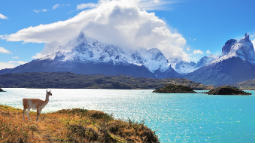
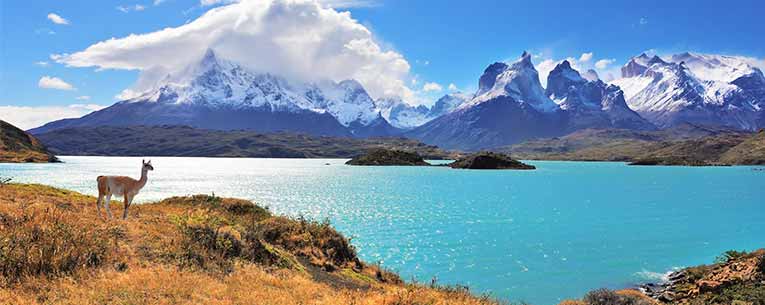
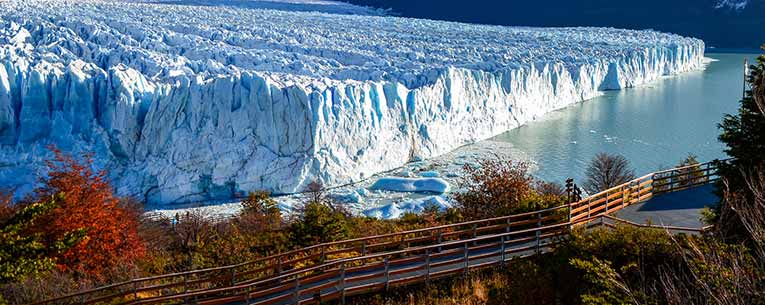
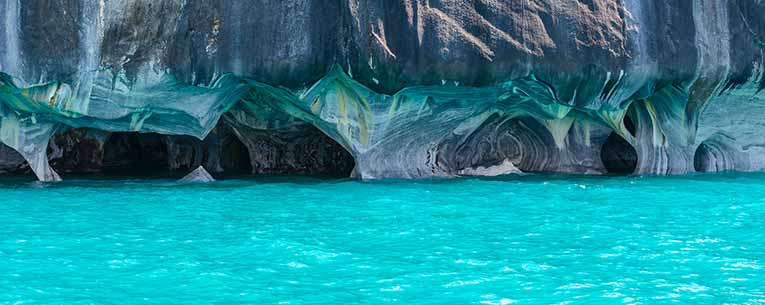
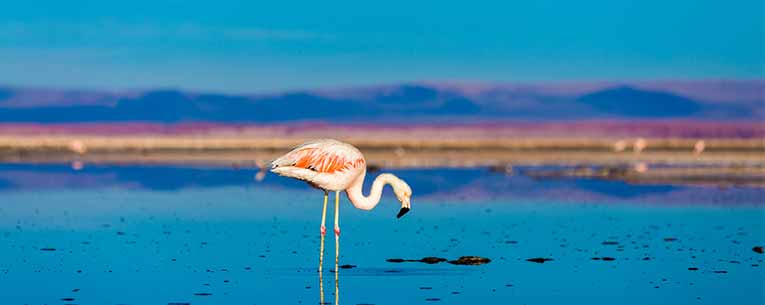





Share this Page